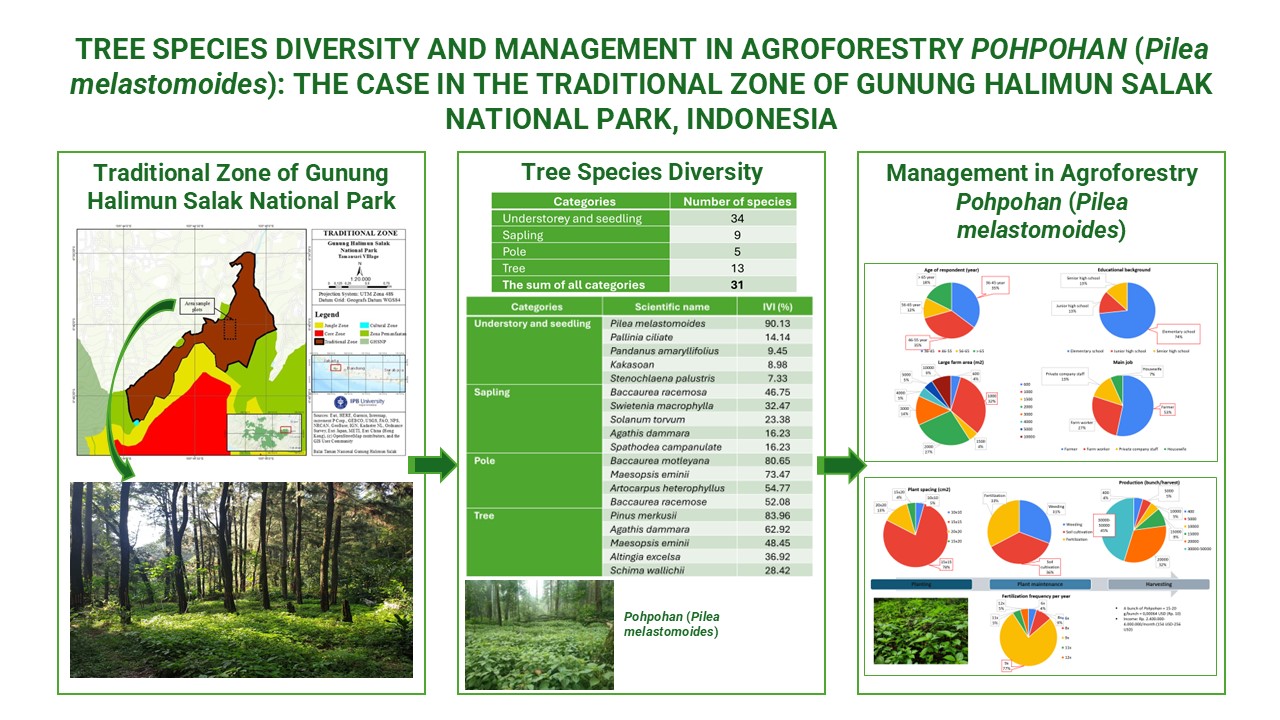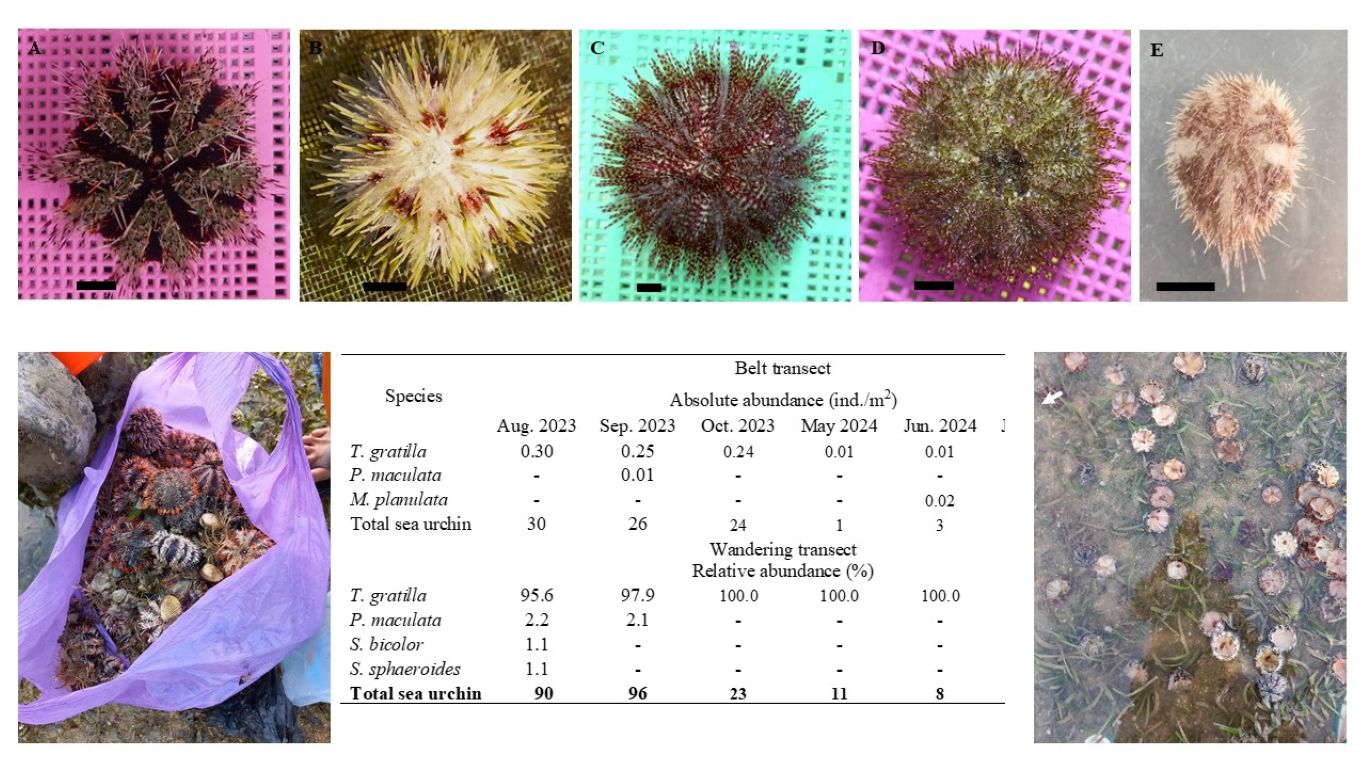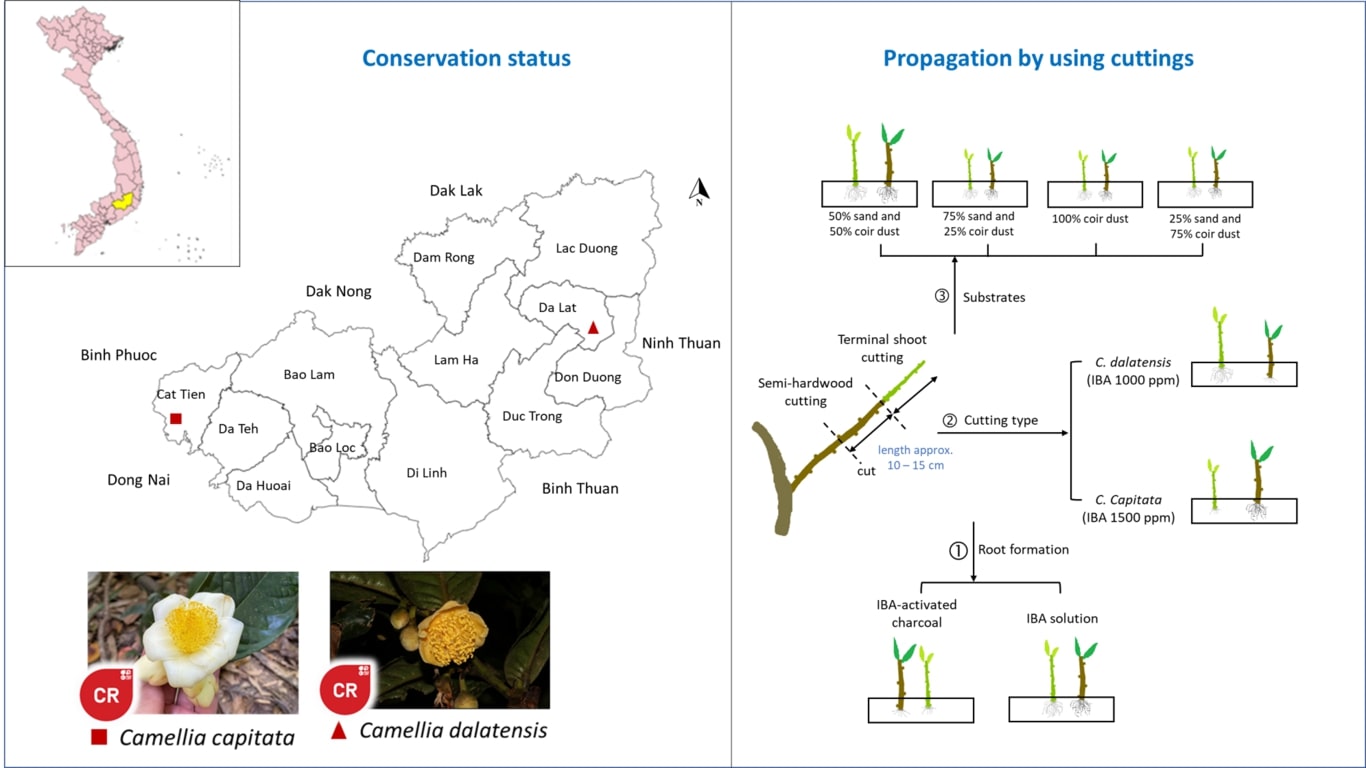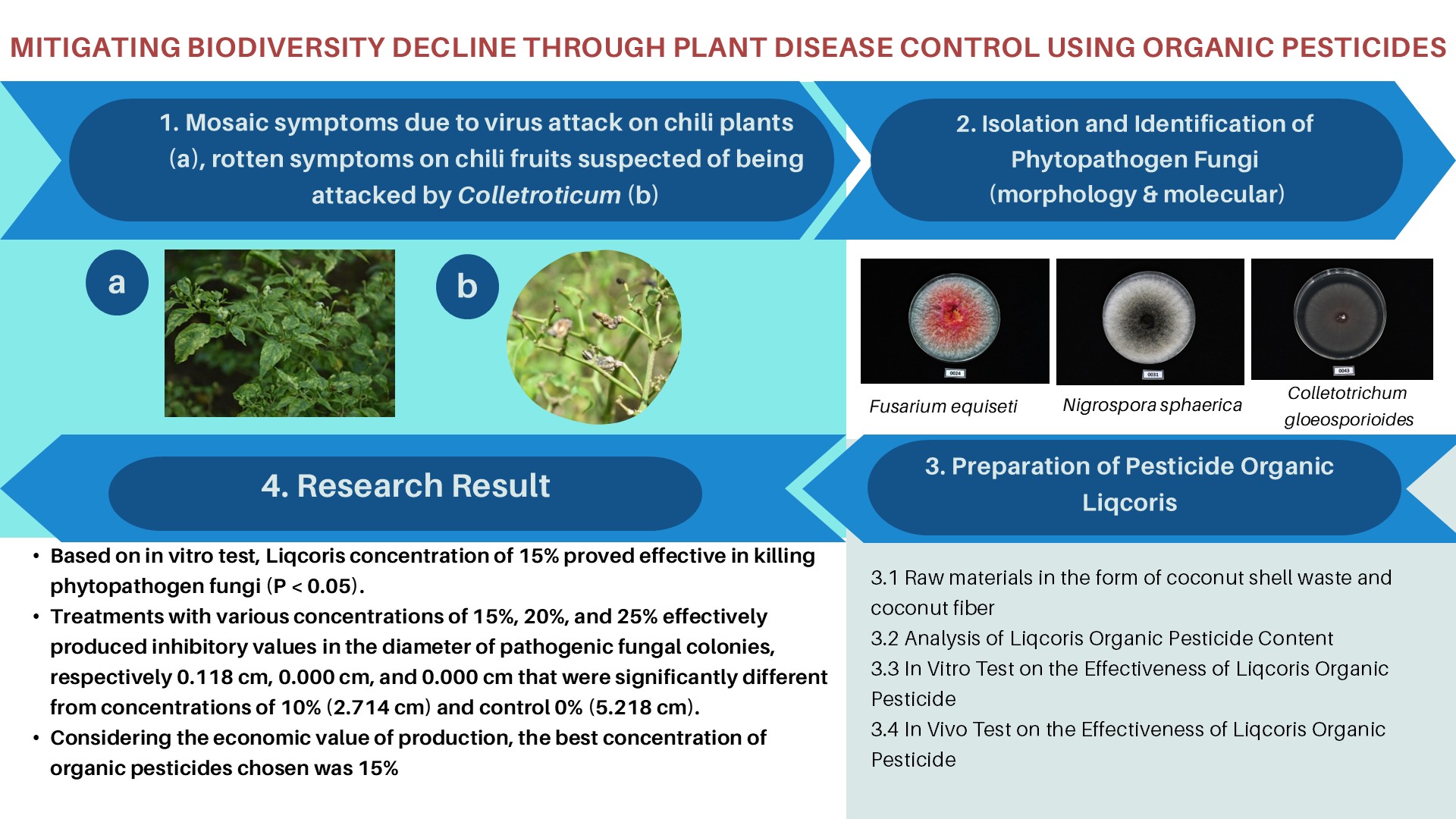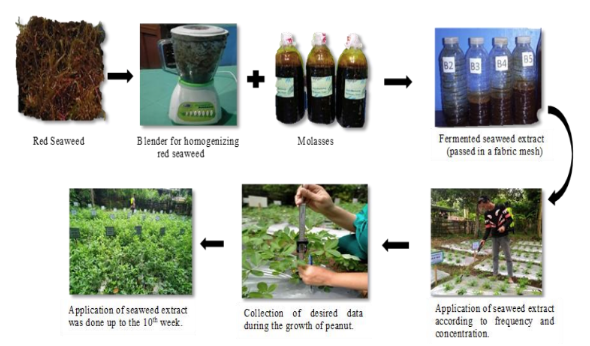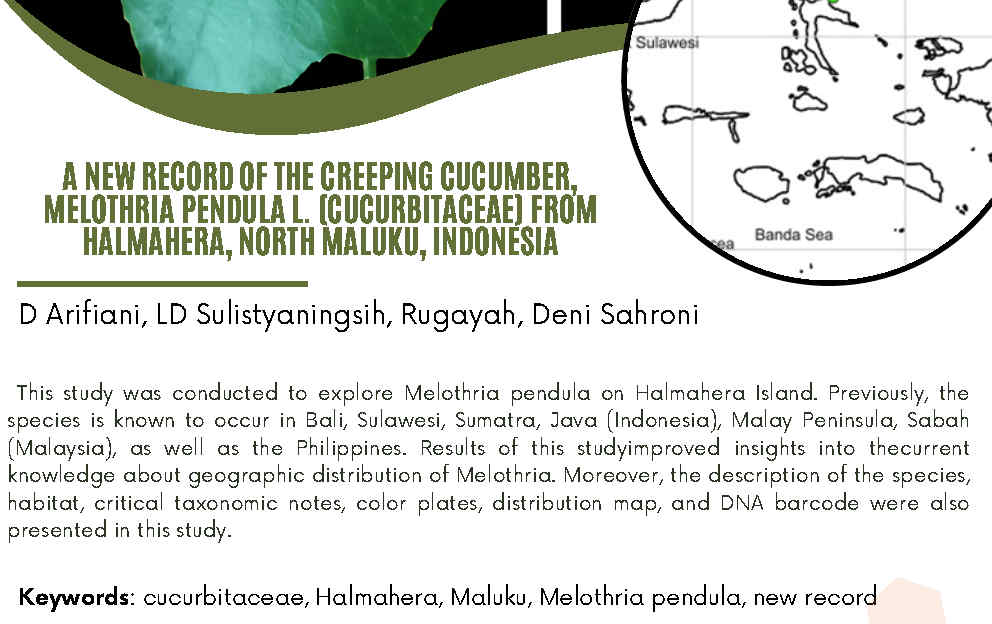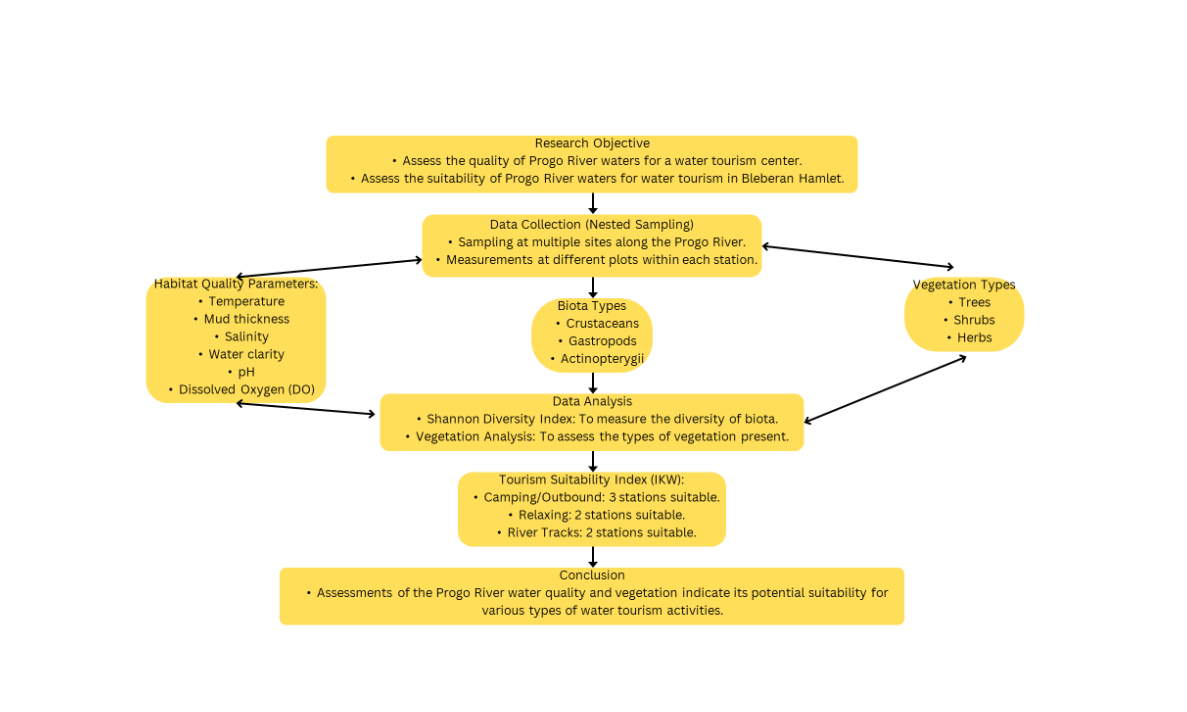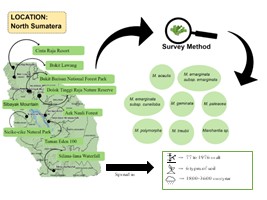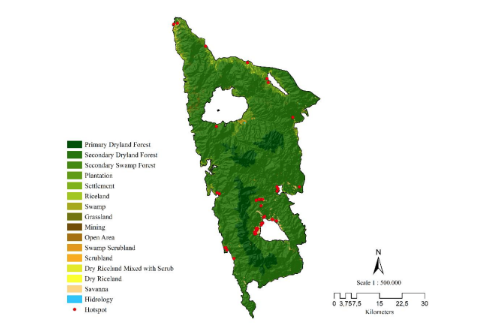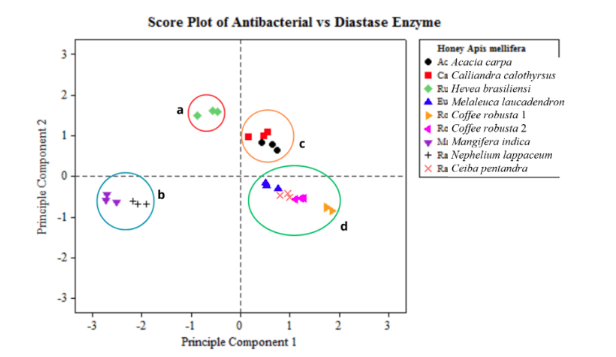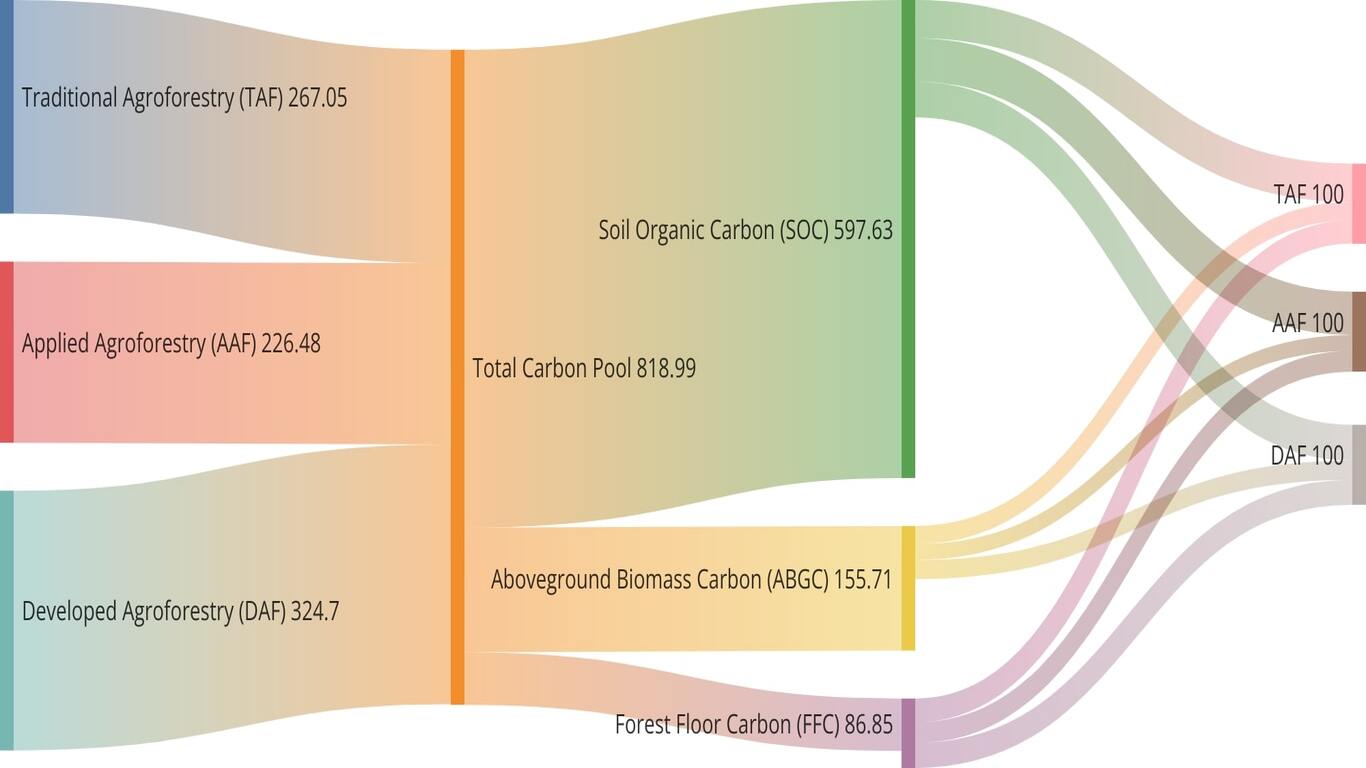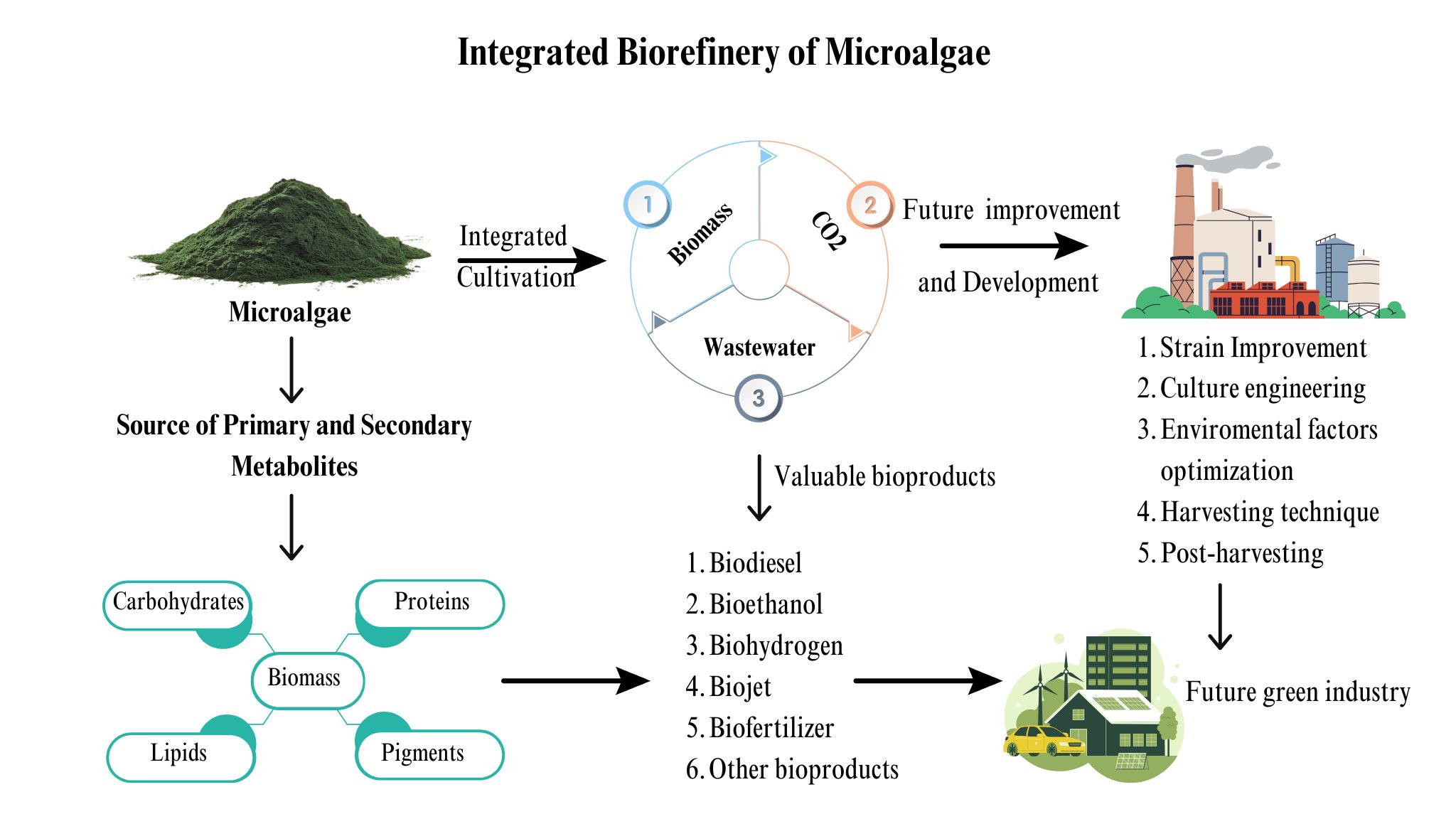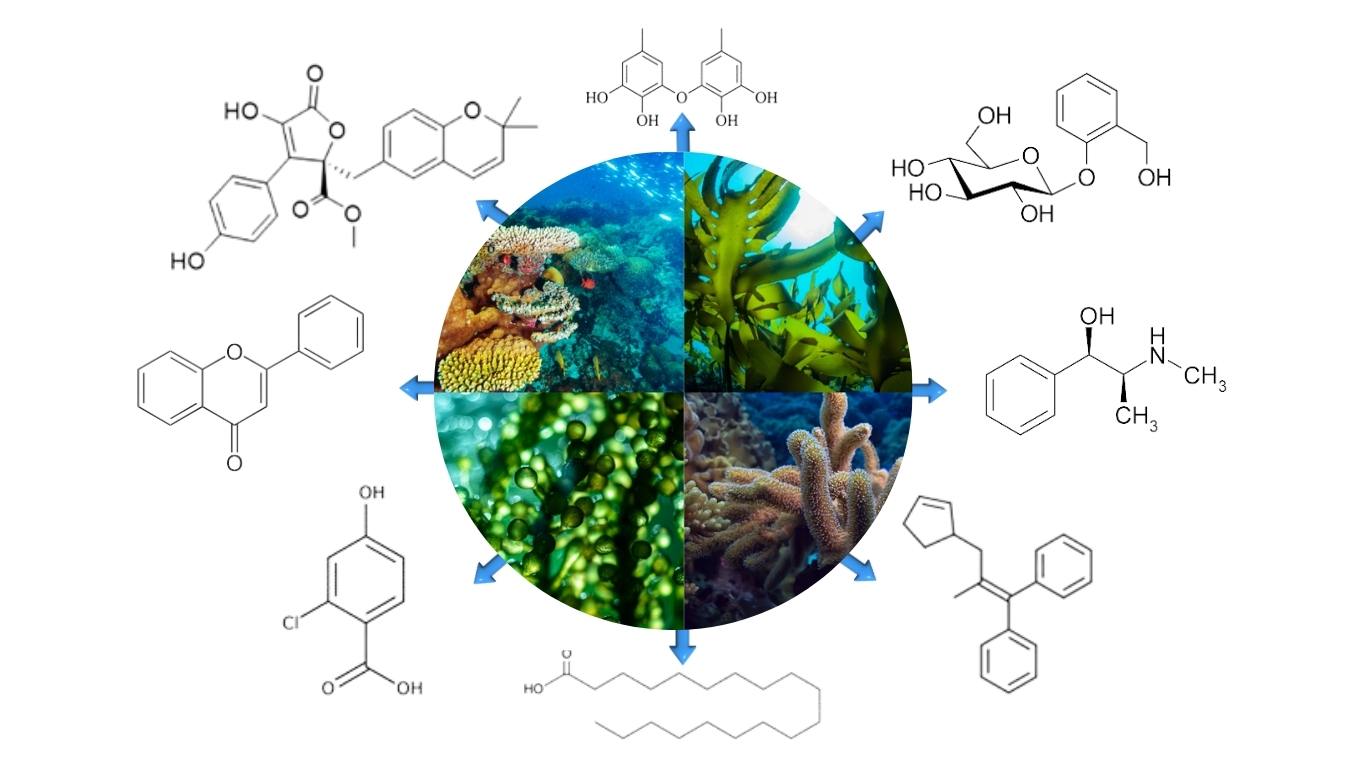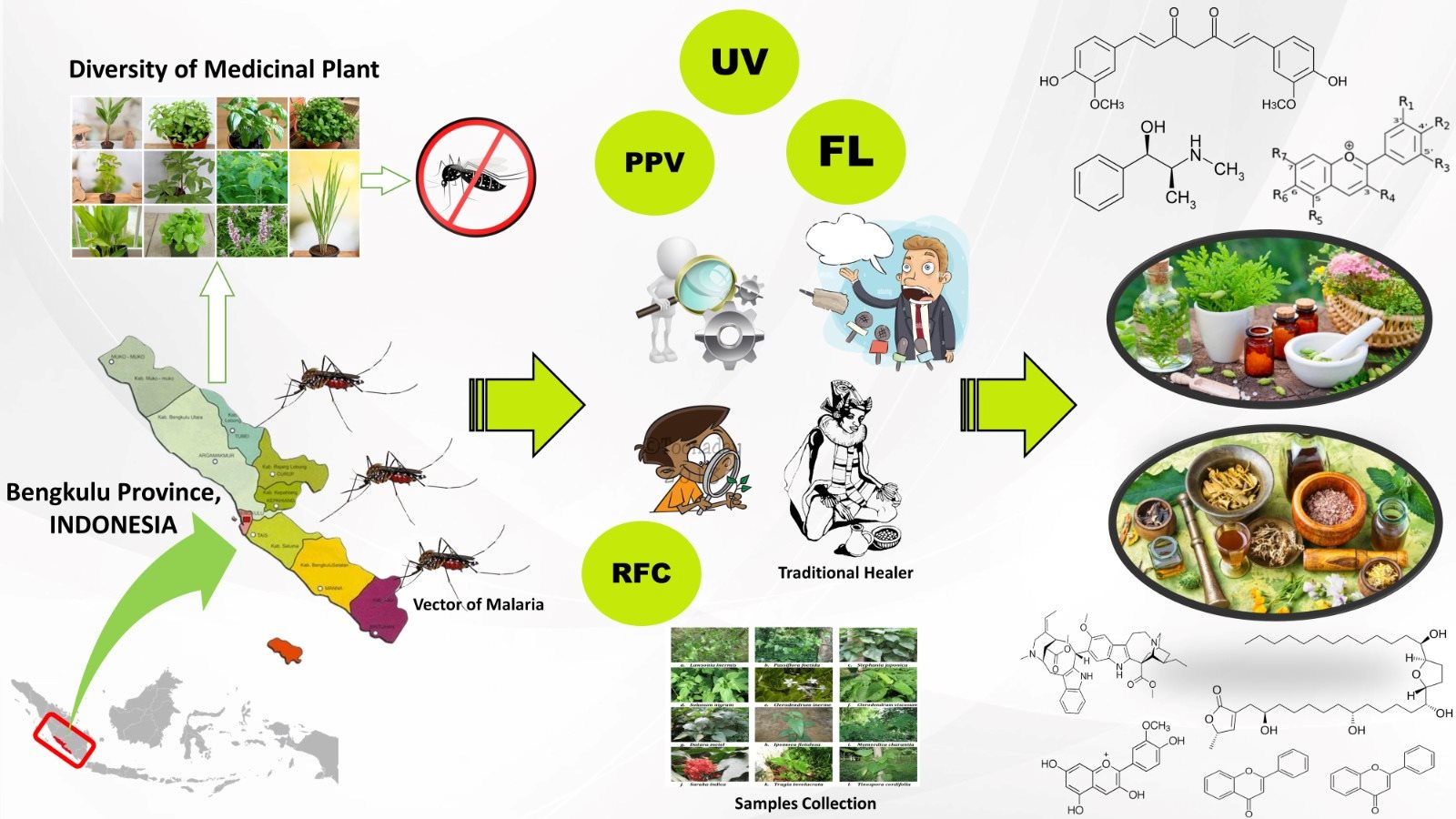THE ADSORPTION OF IMAZAPYR BY THREE SOIL TYPES IN INDONESIA
Downloads
The adsorption of imazapyr in three Indonesian soil types was investigated with labelled 14 C-imazapyr using Freundlich adsorption isotherm. The availability of adsorbed imazapyr to plants as affected by washing and liming was assayed using root elongation of rice seedlings. Red-Yellow Podsolic soil adsorbed imazapyr more than Andosol and sandy soil of Laladon. The adsorption was greater at lower pH. Washing seemed to reduce the concentration of imazapyr as shown by the increasing length of rice roots. On the other hand liming facilitated higher concentrations of imazapyr in the solution as shown by the reduction of rice root length. The practical implication is discussed.
Downloads
Copyright (c) 2017 BIOTROPIA - The Southeast Asian Journal of Tropical Biology

This work is licensed under a Creative Commons Attribution-NonCommercial-NoDerivatives 4.0 International License.
Authors who publish with this journal agree with the following terms:
- Authors retain copyright and grant the journal right of first publication, with the work 1 year after publication simultaneously licensed under a Creative Commons attribution-noncommerical-noderivates 4.0 International License that allows others to share, copy and redistribute the work in any medium or format, but only where the use is for non-commercial purposes and an acknowledgement of the work's authorship and initial publication in this journal is mentioned.
- Authors are able to enter into separate, additional contractual arrangements for the non-exclusive distribution of the journal's published version of the work (e.g., post it to an institutional repository or publish it in a book), with an acknowledgement of its initial publication in this journal.
- Authors are permitted and encouraged to post their work online (e.g., in institutional repositories or on their website) prior to and during the submission process, as it can lead to productive exchanges, as well as earlier and greater citation of published work (See The Effect of Open Access).









